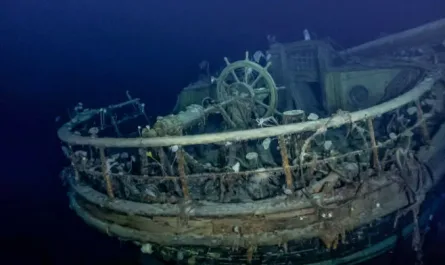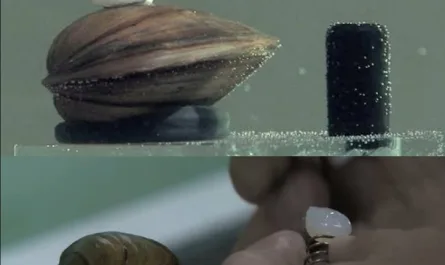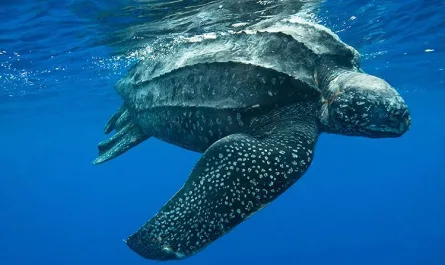The Ashley Phosphate Beds, located near Charleston, South Carolina, are a geological formation renowned for their rich fossil deposits, which have sparked intense debate due to claims of mixed remains from humans, dinosaurs, mammoths, and other animals. Cited in 19th-century records, such as those by Major Edward Willis (1881) and paleontologist Francis S. Holmes (1870), the beds are described as containing a chaotic mix of bones from species spanning millions of years—dinosaurs, plesiosaurs, whales, sharks, rhinos, horses, mastodons, mammoths, and even humans. These claims, often highlighted by creationist sources as evidence against evolution, contrast with mainstream scientific interpretations, which attribute the mixing to geological processes rather than coexisting species. This article explores the beds’ history, the evidence, and the implications for understanding ancient ecosystems and human history.

Historical Context and Initial Claims
The Ashley Phosphate Beds, part of the Ashley Formation (Paleogene, ~34–23 million years ago), were extensively mined in the late 19th century during South Carolina’s phosphate boom, producing half the world’s phosphate by the 1880s. Discovered by Francis S. Holmes, a former planter and curator of the College of Charleston’s Natural History Museum, the beds yielded fossils during strip mining and river dredging in the Ashley River basin. Holmes’ 1870 book, The Phosphate Rocks of South Carolina, described a diverse fossil assemblage, including “human bones mingled with the bones of the mastodon and extinct gigantic lizards,” with a hadrosaurus skeleton illustrated as an 18-foot “fossil lizard.” Major Edward Willis’ 1881 expositions further cataloged finds, claiming a mix of human, dinosaur, mammoth, and modern animal remains.
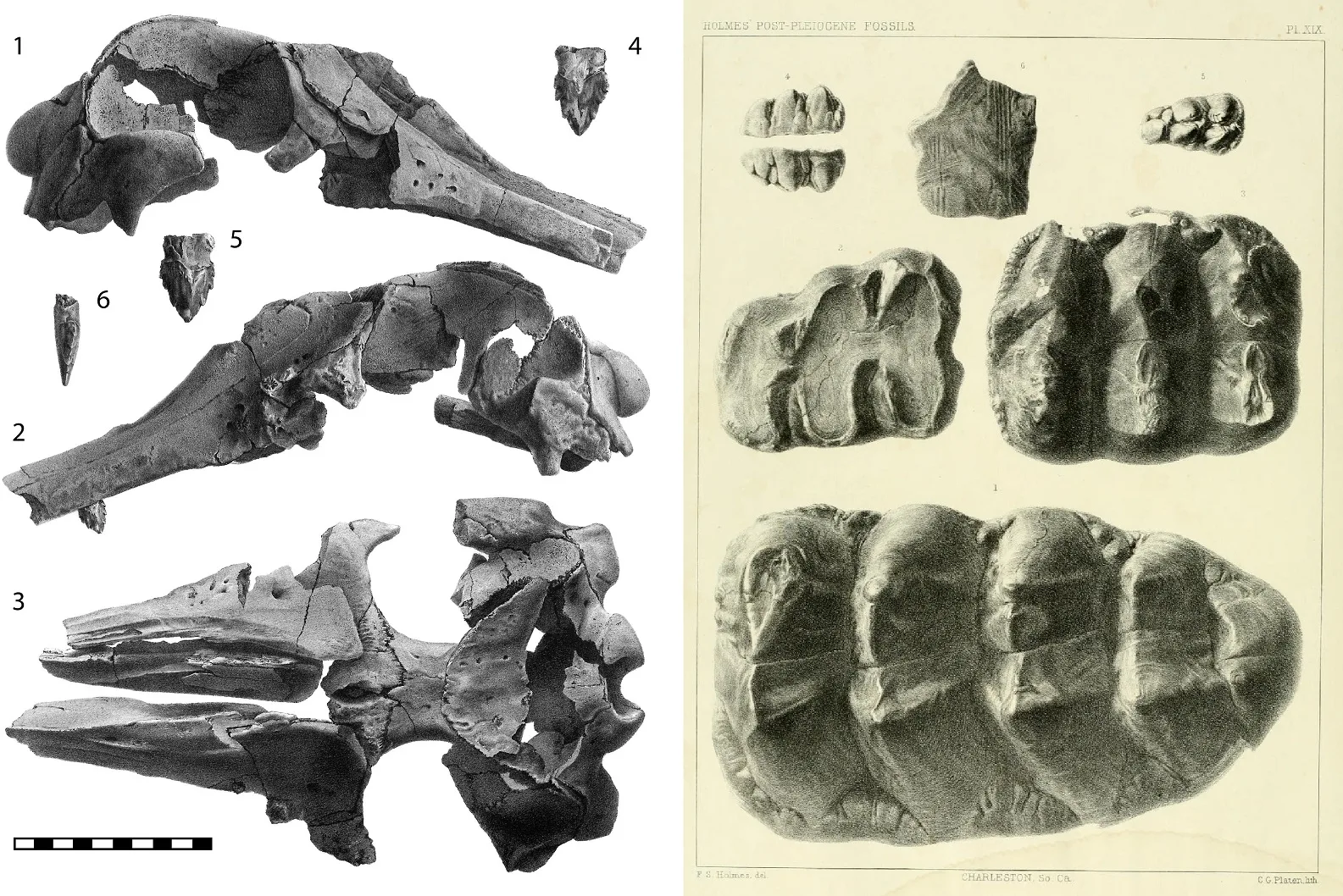
These reports, particularly Holmes’ assertion that species from the “Post-Pleiocene age” (a now-outdated term for the late Cenozoic) coexisted, fueled speculation that the beds challenged evolutionary timelines, which place dinosaurs (extinct ~66 million years ago) far earlier than humans (~300,000 years ago). Creationist narratives, like those on s8int.com and Genesis Park, argue the beds show humans and dinosaurs lived together, suggesting a young Earth.
Scientific Analysis: Geological Mixing, Not Coexistence
Mainstream paleontology offers a different explanation. The Ashley Phosphate Beds are a phosphatic conglomerate, formed in a high-energy coastal environment during the Oligocene (33.9–23 million years ago), with some reworked material from older Cretaceous and younger Pleistocene deposits. The beds’ fossils, primarily bones and teeth, are concentrated in phosphate nodules, a result of “phosphogenesis” where calcium phosphate (the mineral in bones) accumulates during periods of low sea level and high marine productivity. This process naturally mixes remains from different eras, as older fossils are eroded and redeposited with newer ones.
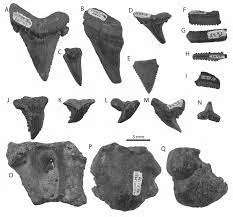
Geological Reworking: The presence of Cretaceous dinosaur and plesiosaur fossils alongside Pleistocene mammoth and mastodon bones is explained by coastal erosion and river action, which churned up and redeposited older sediments into the Ashley Formation. Human remains and modern animal bones (e.g., horses, pigs) likely washed in from nearby burial sites or recent deposits, as noted by 19th-century paleontologist Joseph Leidy.
No Dinosaurs in Situ: Contrary to Holmes’ claims, no definitive dinosaur fossils, like hadrosaurus, have been confirmed in the Ashley Beds’ primary deposits. Holmes’ “gigantic lizard” likely referred to marine reptiles (e.g., mosasaurus vertebrae) or misidentified bones, common in the era’s nascent paleontology. The beds are rich in marine fossils—shark teeth, whale bones, and dolphin ear bones—from the Oligocene, with land mammals like rhinos and horses from later Pleistocene layers.
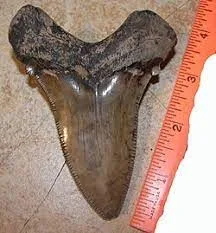
Human Fossils Questioned: Alleged human bones, cited by Holmes and Willis, lack corroboration. Leidy suggested they were recent, possibly from Native American burials or colonial-era graves washed into the riverbed. No peer-reviewed studies confirm human fossils in situ with dinosaurs. Claims of human artifacts, like those in creationist sources, are often anecdotal and lack provenance.
The beds’ chaotic fossil mix, with bones making up an estimated 65% of the deposit, reflects a high-energy depositional environment, not a single catastrophic event like a flood, as creationists propose. Modern studies, such as those by Robert Boessenecker, highlight the beds’ alignment with the Pliocene Goose Creek Limestone (~3–4 million years ago), further distancing them from Cretaceous dinosaurs.
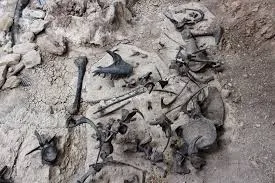
Addressing the “Evolutionist’s Nightmare”
The claim that the Ashley Phosphate Beds disprove evolution stems from a misunderstanding of geological processes. Evolution and deep time predict distinct fossil layers, with dinosaurs in Mesozoic strata (252–66 million years ago) and humans in late Quaternary deposits. The beds’ mixed fossils align with this model when viewed as a conglomerate, not a single layer. Creationist arguments, like those citing Holmes’ discarded human humerus or jawbone, rely on unverified 19th-century anecdotes and ignore modern stratigraphic analysis. The absence of an “iridium boundary” (a marker of the dinosaur extinction event) in the beds, as noted in similar fossil graveyards, further supports geological reworking over coexistence.

This narrative parallels other misinterpretations, like the Coso Artifact or speculative Baalbek claims, where out-of-context finds fuel alternative theories. Like the Eltanin Antenna’s sponge identification, the Ashley Beds’ mystery dissolves under scrutiny, revealing natural processes rather than revolutionary evidence.
Implications and Lessons
The Ashley Phosphate Beds, like Diodorus Siculus’ Ethiopian claims or the black seadevil’s sighting, challenge us to critically examine evidence:

Scientific Rigor: The beds underscore the importance of stratigraphy and context in paleontology, urging us to question sensational claims and seek primary data, akin to Irfan Habib’s historical critiques.
Geological Complexity: Understanding depositional processes reveals how nature mixes fossils, inspiring research into dynamic environments like those at HIMI or the Mariana Trench.
Cultural Dialogue: Debates over the beds highlight the need for open discourse between science and alternative perspectives, fostering education that bridges gaps without dismissing inquiry.

A Fossil Puzzle Resolved
The Ashley Phosphate Beds, far from an “evolutionist’s nightmare,” are a geological puzzle solved by understanding reworking and phosphogenesis. Their mix of fossils—sharks, whales, mammoths, and more—reflects a dynamic coastal environment, not human-dinosaur coexistence. Like Samir and Muhammad’s unity or Leonardo’s staircase, the beds remind us that complexity yields to careful study. As we explore their story, we’re invited to marvel at Earth’s chaotic history while grounding our wonder in evidence, ensuring the past speaks clearly through the bones it leaves behind.
